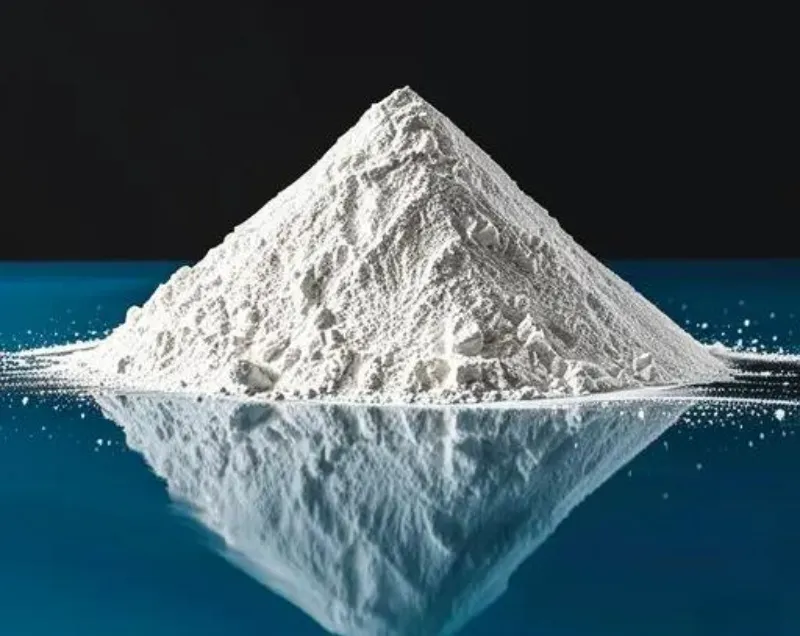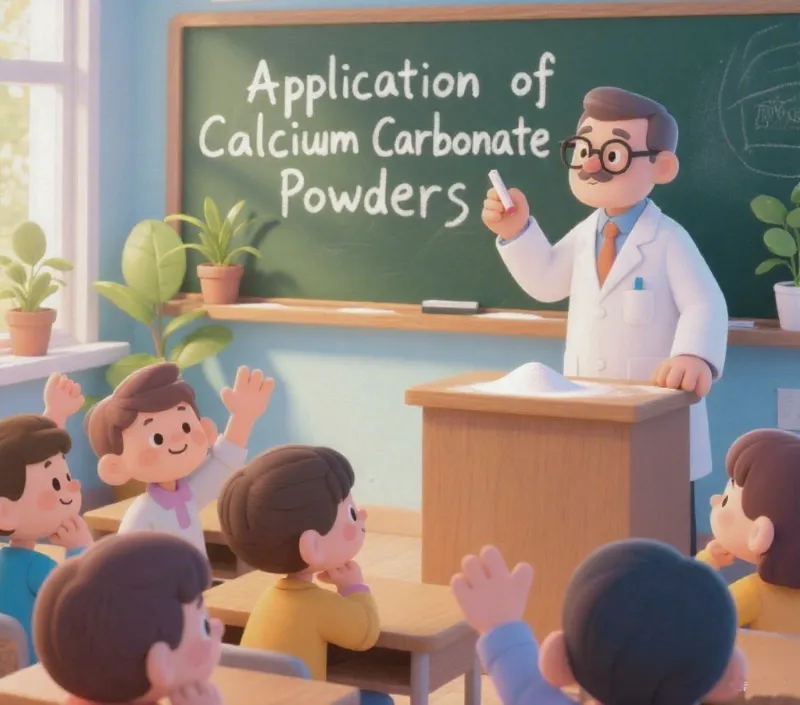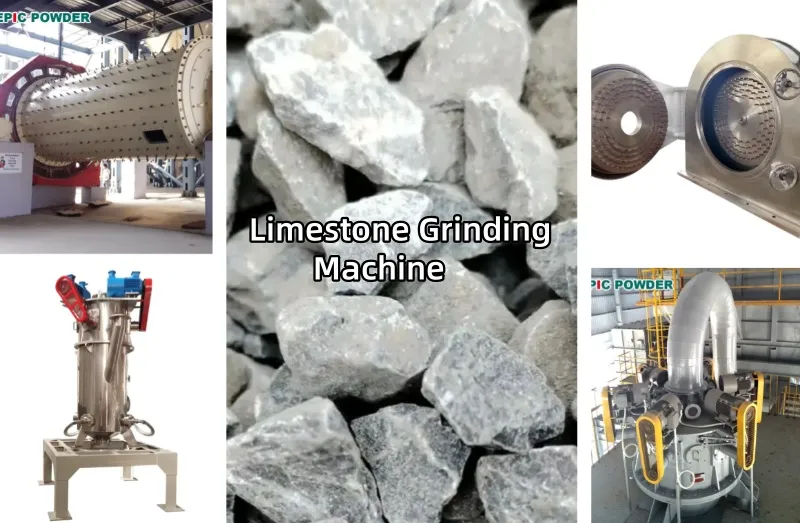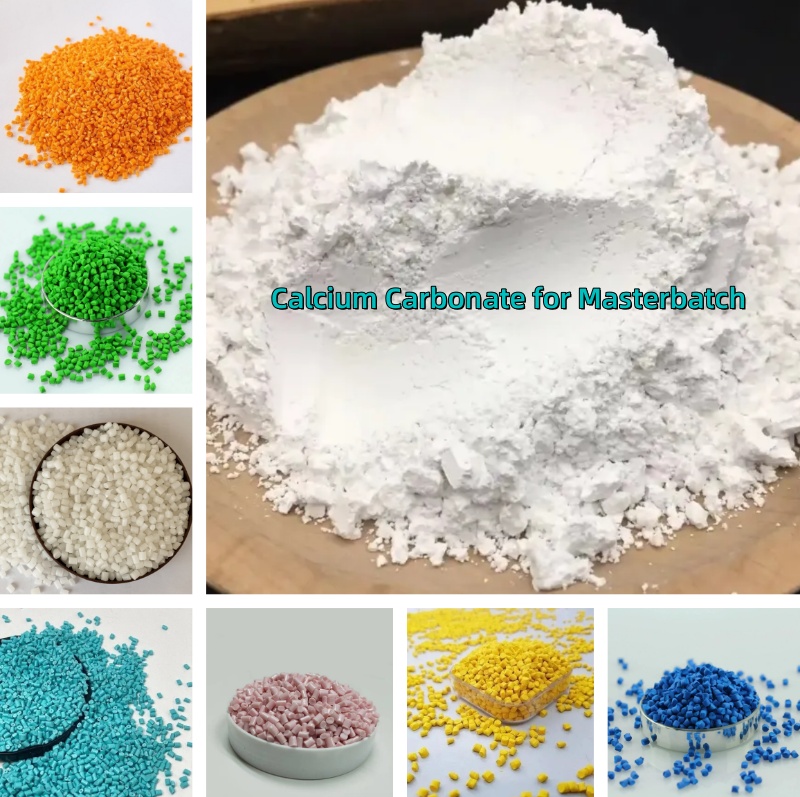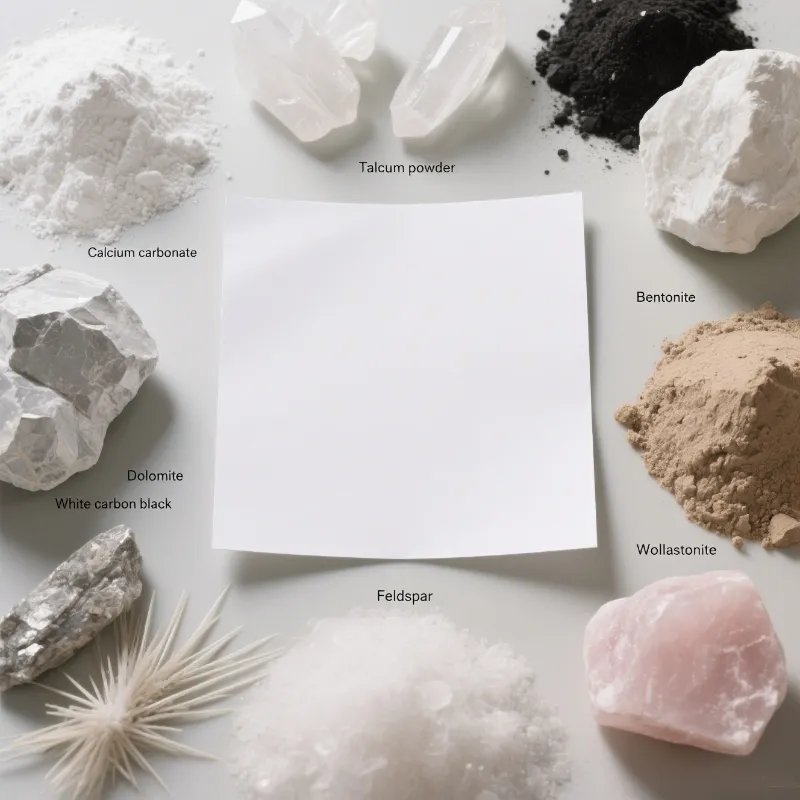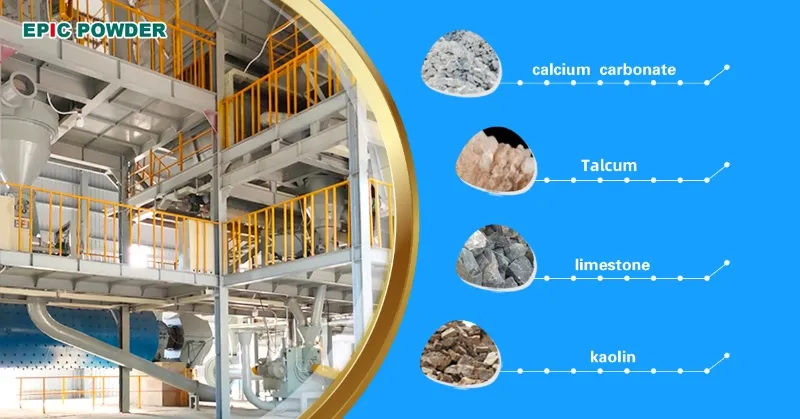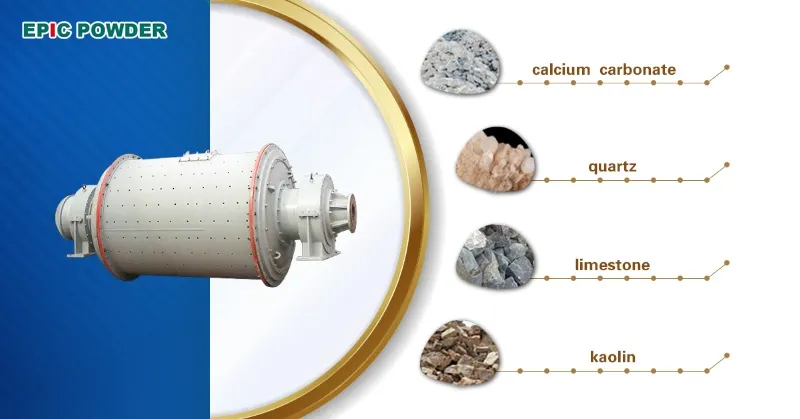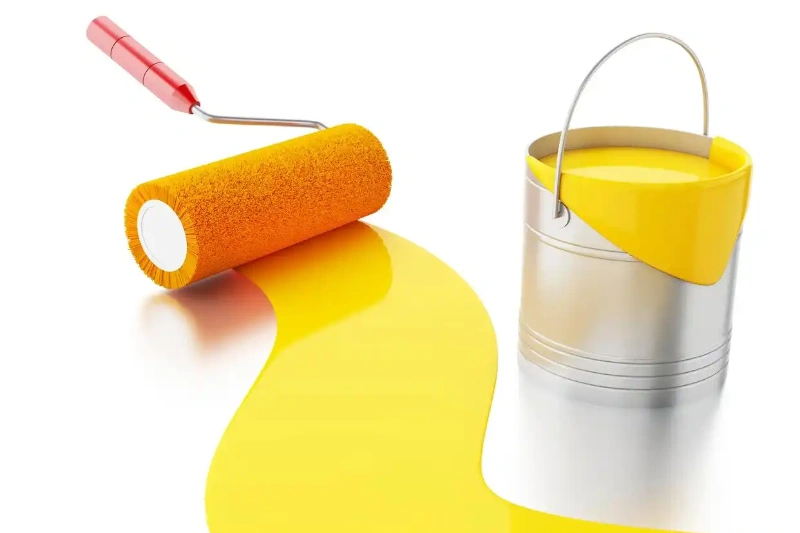The Glamorous Transformation of Calcium Carbonate from Filler to Functional Material
Calcium carbonate (CaCO₃), a common inorganic compound, has long been widely used as a filler, especially in industries like plastics, coatings, papermaking, and rubber. Due to its good chemical stability, low cost, and easy availability, the role of calcium carbonate as a filler has been highly regarded. However, with advances in technology and the evolving […]
The Glamorous Transformation of Calcium Carbonate from Filler to Functional Material Read More »

